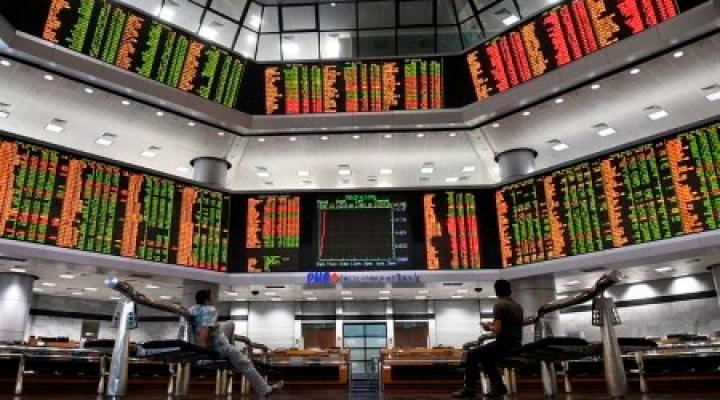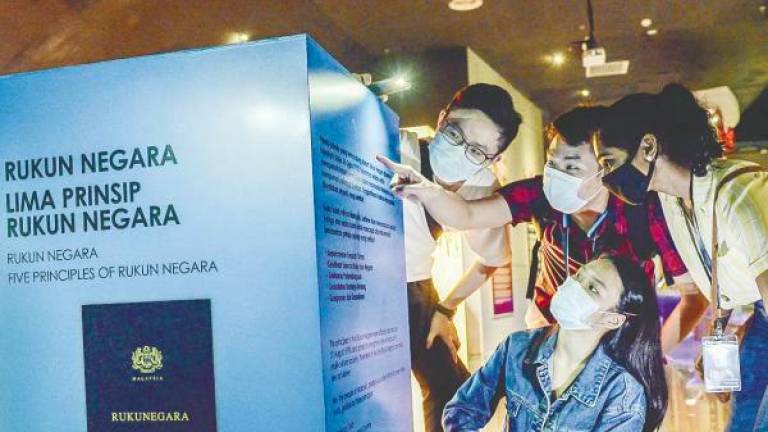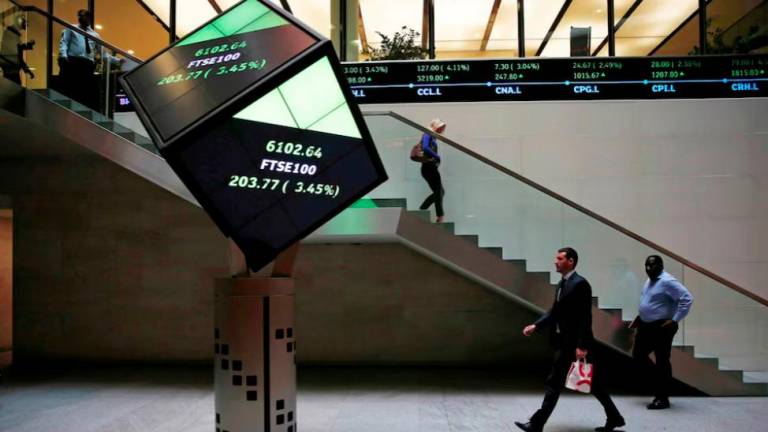PETALING JAYA: Given Bursa Malaysia’s roller-coaster ride since the beginning of the year – having to contend with the intensifying foreign investor outflows and the rally driven by retail investors which detracts from market fundamentals – analysts are pessimistic about the FBM KLCI’s trajectory for the rest of year.
The benchmark index started 2020 at 1,602.5 points before crashing to a 10-year low of 1,219.72 points on March 19 and since then it has been riding on an intense liquidity-fuelled rally. The FBM KLCI closed at 1,611.42 points yesterday. Year to date, the index has gained a marginal 0.8%. However, since its low on March 19, that gain jumps to 32.1%.
With regard to the equity market’s trajectory, MIDF Research strategy head Syed Muhammed Kifni Syed Kamaruddin cited Bank Negara Malaysia’s monetary policy committee statement in July which said that although a trough is expected in the second quarter, broad-based weakness in labour markets and precautionary behaviour by households and businesses could affect the recovery.
He said MIDF Research holds a similar sentiment, pointing out that rising financial conservatism among households and businesses may be counterproductive to economic recovery efforts.
“In gist, while the macro performance may have seen its worst, however, the ensuing recovery might not be swift,” Syed Muhammed Kifni told SunBiz.
“On the above score, the prevailing retail and liquidity-fuelled equity price rally risks stretching market valuation beyond what the underlying fundamentals would normally support.”
He said the resultant ascent in market valuation may eventually result in price correction. With that, MIDF Research is still maintaining its year end target of 1,320 points for the FBM KLCI.
“If investors insist on taking a fresh long position now, we advise on stocks with defensive earnings coupled with attractive dividend yield,” he added.
Furthermore, he said, the retail and liquidity-fuelled equity rally is not isolated to Malaysia, but it is also prevalent in other markets such as Wall Street. In this regard, the eventual price correction may be externally led.
Inter-Pacific Securities head of research Victor Wan holds similar doubts over the equity market rally, saying it is simply overbought.
“As it is now, the markets have largely recovered from the dip at the start of the Covid-19 pandemic and valuations are getting more expensive,” he said.
Wan discerns no particular themes or strategies for investors, except that the market will ride on the earnings recovery prospects going forward.
Apart from the glove sector, which has gained extraordinary traction from the pandemic, he said, the dismal fixed deposit rate of 1.5% has led to the record trading volume on Bursa Malaysia, fuelled by retail investors, as they have better luck seeking returns in equities.
Meanwhile, CGS-CIMB expressed optimism over the benchmark index’s performance, raising its year-end target to 1,550 points from 1,496 points previously, based on an unchanged price-to-earnings target of 16 times.
However, it expects the market to remain volatile in the second half of the year due to uncertainties on the pace of the global economic recovery as social distancing and intermittent periods of mandated lockdowns are set to be the norm in second-half 2020 and 2021 until effective, mass-market treatments and vaccines are available or until the infectiousness and fatality rate of Covid-19 are reduced to acceptable levels.
“Our key concerns going into the second half lie in the ability of corporate earnings to recover to pre-Covid-19 levels, when stimulus measures progressively end in 4Q20, as the market appears to have already priced in this potential,” said the research house in a report.
For the second half of 2020, CGS-CIMB has identified five themes, which are 15th general election play, mergers and acquisitions or deep value, dividend yield play, Covid-19 beneficiaries and Covid-19 recovery play.













